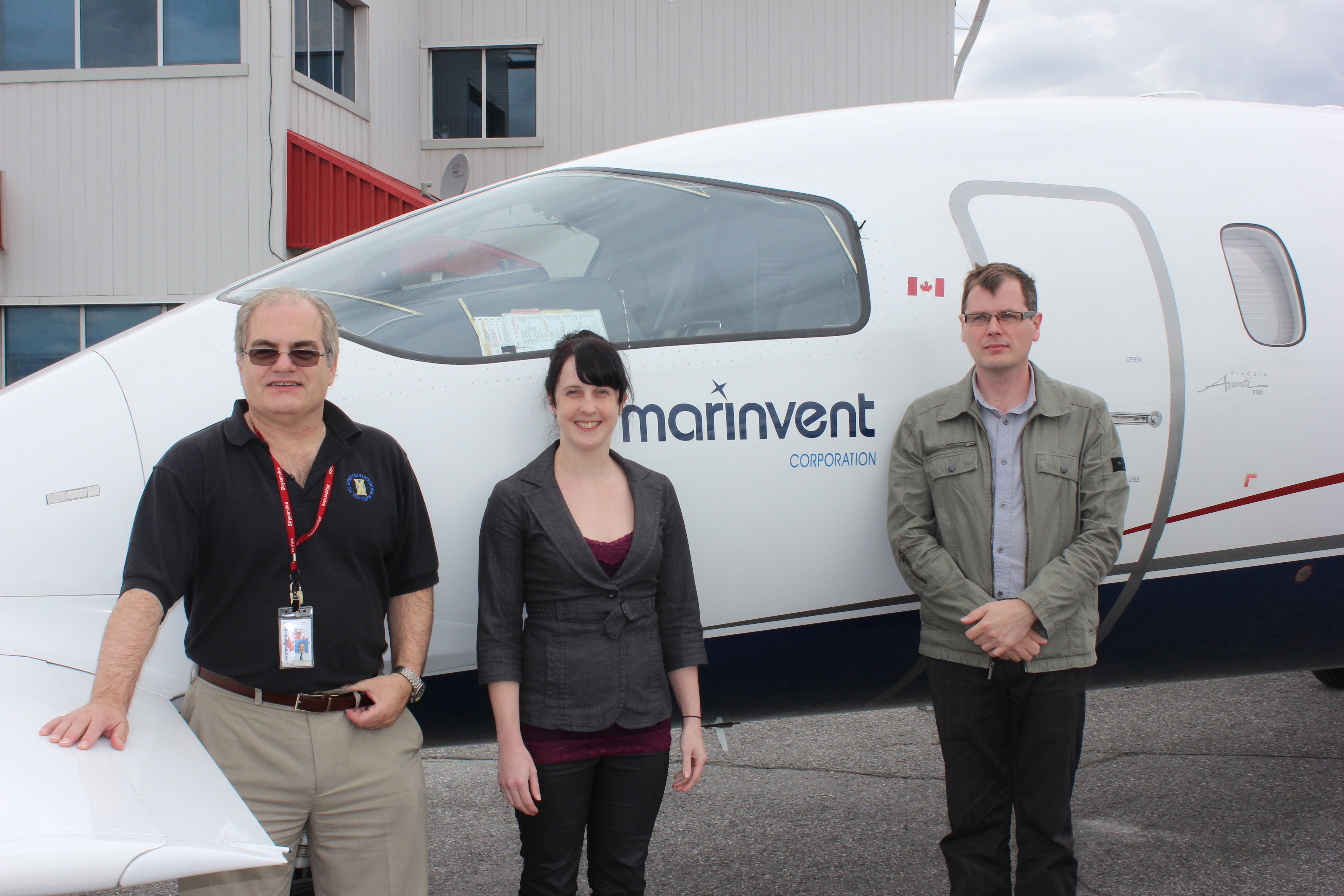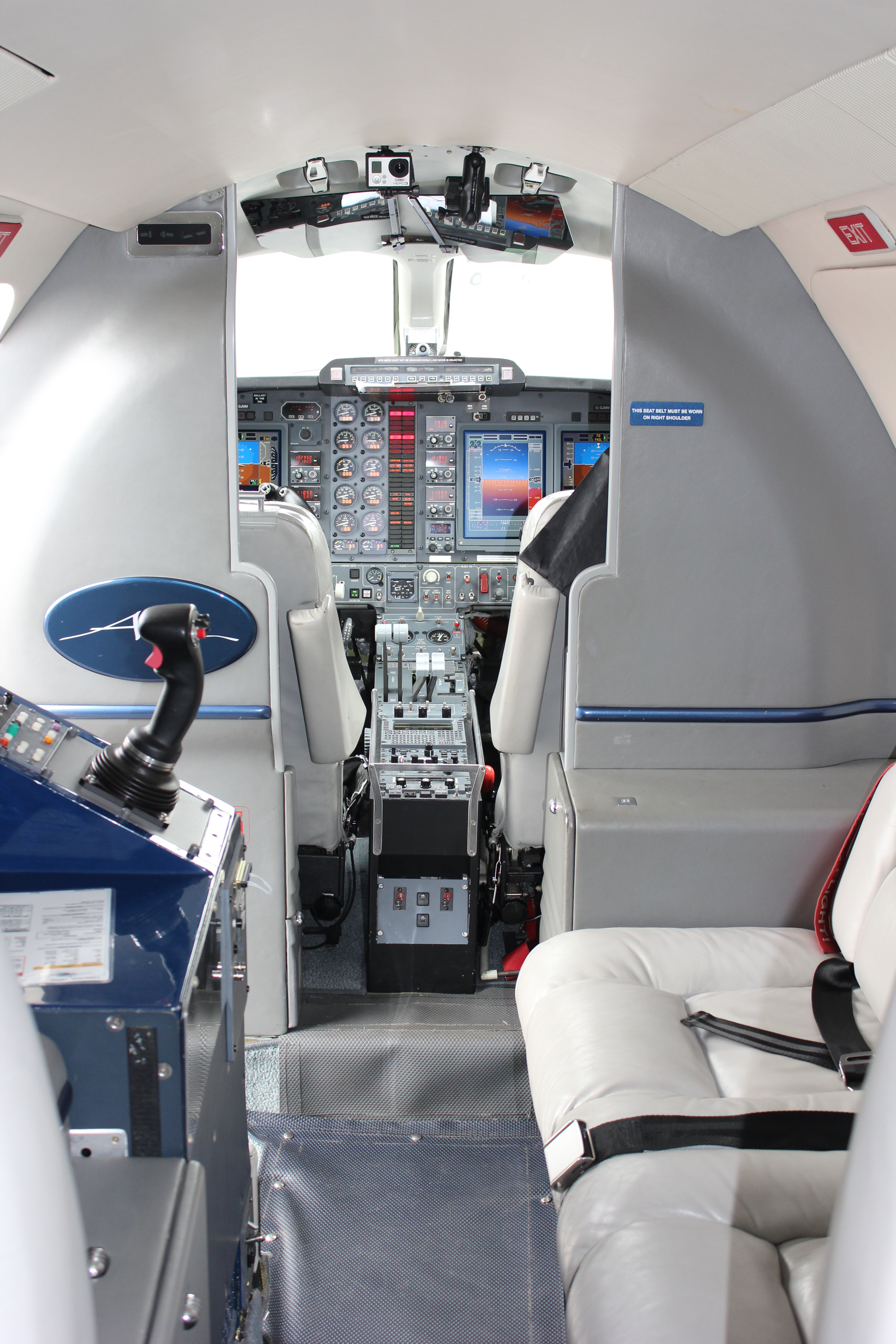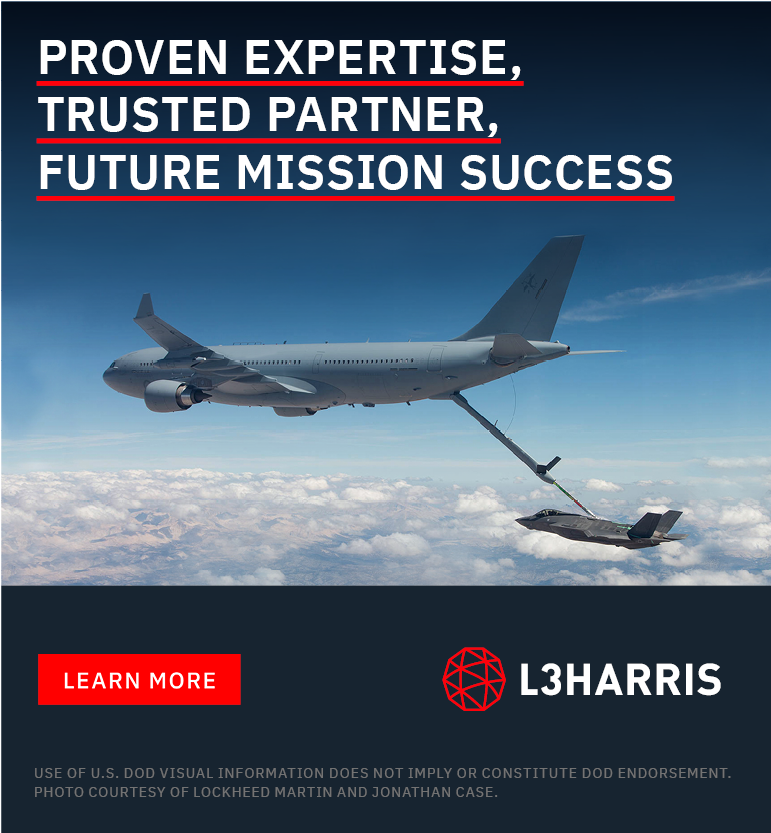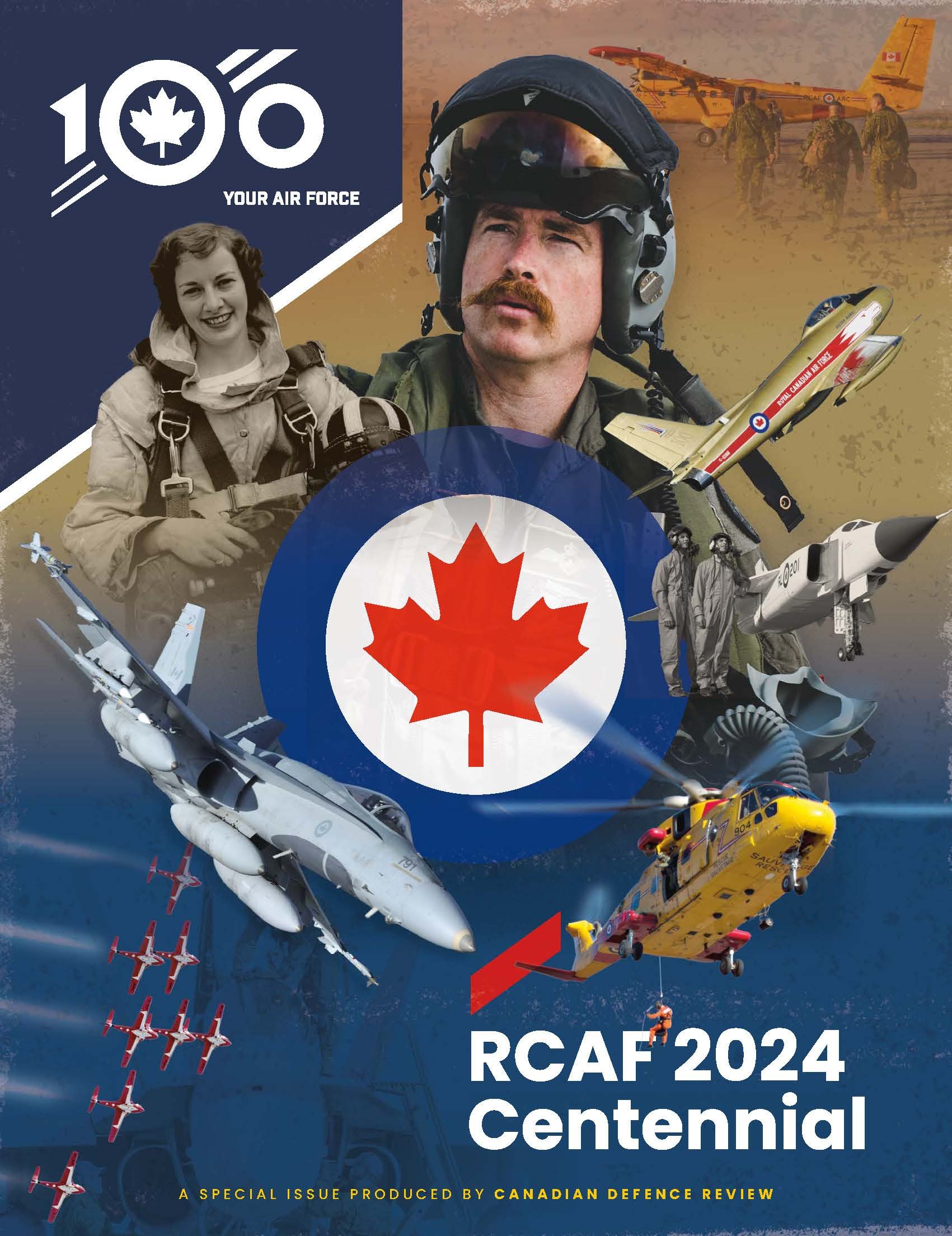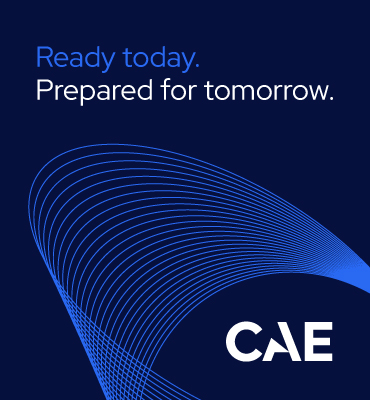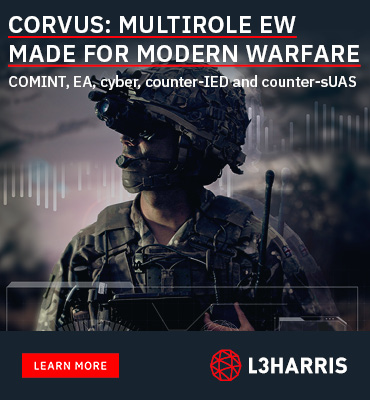This Quebec-based company has been recognized by the Canadian Government, AIAC and NASA for its innovative contributions to the aerospace industry.
BY PETER DIEKMEYER
Marinvent president and founder, John Maris plans to double his company’s defence business within the coming years and with the company’s innovative product offerings, momentum from Canada’s new defence procurement policy and its export potential, he may very well succeed in that ambitious goal. AIAC’s (Aerospace Industries Association of Canada) board of directors is made up mainly of executives from industry giants such as Boeing, Bombardier, Lockheed Martin and Airbus, so when this influential organization picked John Maris, of tiny Marinvent as its chairman late last year, the entire industry took notice.
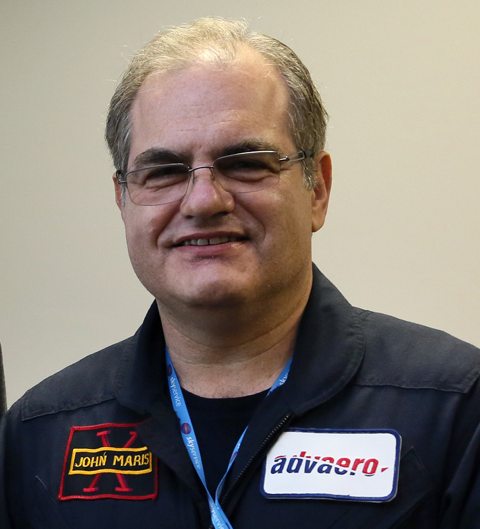 Maris, an ex-RCAF pilot, academic and businessman, has been a major aerospace and defence industry leader for decades. Proprietary software technology that Maris developed, which facilitated the electronic depiction of aeronautical charts, was instrumental to the speedy introduction of the first commercial electronic flight bag.
Maris, an ex-RCAF pilot, academic and businessman, has been a major aerospace and defence industry leader for decades. Proprietary software technology that Maris developed, which facilitated the electronic depiction of aeronautical charts, was instrumental to the speedy introduction of the first commercial electronic flight bag.
However, the AIAC chairmanship, a highly prestigious post, generally goes to a representative from one of its largest members. Maris’ nomination, - the first time a small or medium sized enterprise businessman has led this influential body - provides a tangible demonstration that these smaller more entrepreneurial firms are growing in stature in the aerospace and defence ecosystem.
“We are a consulting services, training and tools provider that supplies governments, OEMs, integrators and lower tier manufacturers. In short, we have lots of capabilities,” says Maris. “Candidly though, our firm is not in the same category – size wise – as the major AIAC leaders. So while I am thrilled to be helping advance industry issues, I am also humbled by the opportunity.”
OFFERING EXCEPTIONAL PRODUCTS AND SERVICES
Marinvent’s capabilities, which an AIAC statement describes as “exceptional,” and which have been recognized by clients such as NASA and the New Zealand Air Force, are broad and wide ranging. According to Maris, the Montreal-based company provides know-how, training, tools and IP that help “reduce customers” program/product risk and help them innovate quickly.” Company officials boast that their engineers and experience, as well as its flying avionics, test bed and research simulator (located at Montreal’s Concordia University) “make it a reliable and trusted project planning and management partner.”
The key to Marinvent’s “overnight success” - albeit, after more than three decades of working in the industry - has always been its people, the most visible of which is Maris himself. A test pilot with more than 6,000 hours of flight time, Maris often appears to have seen and met pretty much everyone in the industry. His early contributions to the development of Boeing’s TCL/MC3 vector graphics library, which became the global “standard for the electronic depiction of Jeppeson cartographic data,” provided an early signal of his scientific, business and creative talents.
Less apparent has been Maris’ ability to assemble and keep together a team that includes some of the industry’s top professionals. One key example is Phil Cole, the company’s vice president, business development, who brought with him a broad business background when he joined Marinvent some five years ago. This has enabled Marinvent to identify and develop important niches where the company can add value and exploit.
One such niche is in the area of flight certification where, as Cole says, Marinvent benefits from the fact that Canada is the only Western country that permits independent flight certification. Marinvent has thus developed a sideline certifying clients’ avionics, who then turn around and leverage existing bilateral agreements to obtain Federal Aeronautics Administration (FAA) and European Aviation Safety Agency certification. Marinvent keeps four Transport Canada qualified Design Approval Representatives on staff to meet the growing demand for certification services and has also developed proprietary software, known as Synthesis, to help streamline the planning, management and optimization process.
The St-Bruno, Quebec based company uses its avant-garde Piaggio P-180 Avanti aircraft to flight test avionics equipment. Based out of Trudeau International Airport, the aircraft flies about 200 hours per year on a variety of mandates, including airliner testing and certification work. The aircraft has been used to test unmanned aerial vehicle ground control station software, which enabled researchers to test how the software actually controlled the aircraft during flight.
PENETRATING THE DEFENCE SECTOR
Marinvent’s penetration in the defence sector hardly comes as a surprise to aerospace industry insiders, given the 12 years that he spent in the RCAF as a test pilot. During his long career, which included work with the Canadian Space Agency and Transport Canada, Maris amassed a vast knowledge of the Canadian Government’s challenges and needs – and he developed strong ideas about how the private sector could pitch in to help.
This eventually led to the formation of Marinvent, which he set up in 1983, initially as a holding company for the intellectual property that he was developing. Indeed, the name “Marinvent” itself is a combination of his name “Maris” and the word “invent.” Maris’ success as an entrepreneur, thus makes him a natural spokesperson for independent business.
“There is growing acknowledgment of the role played by SMEs in sparking innovation,” says Maris. “A key milestone was the former Conservative government’s defence procurement strategy’s Industrial Technical Benefits (ITB) policy, which asked prime contractors who were bidding on DND work to include a minimum of 15% SME participation in their bids.” In some cases incentives were put in place to encourage raising that 15% threshold even higher. That provision helps SME aerospace providers like Marinvent a lot. Particularly helpful is the fact that it gives OEMs bidding on DND projects (such as FWSAR and JUSTAS) a significant interest in finding ways to partner up with them.
“The policy goes a long way toward addressing the considerable challenges that many SMEs face in becoming part of global supply chains,” says Maris. “But it also provides an important spur to innovation within the overall procurement defence process. That’s because smaller businesses tend not to get stuck in the same silos as larger players. We thus have a better ability to adapt, think out of the box and to tackle problems in new ways that deliver better value.”
Another encouraging factor in the defence procurement strategy relates to a provision that forces contract bidders to declare the value of the Canadian content that will be included in their proposals right at the bid stage. This gives prime contractors a major incentive to include Canadian companies in their supply chains, which in turn is great news for Marinvent, as more than 90% of the content in the products and services that it sells is Canadian.
A SPECIALIZED CONSULTING MANDATE
A key challenge in writing about Marinvent, relates to the fact that the wide variety of products, services and capabilities the company offers, makes it hard to put in a box. For example, a large chunk of the company’s defence sector business (which currently accounts for about 30% of its billings) consists of specialized consulting mandates.
One example relates to consulting work that the company did for PWGSC related to the Canadian Coast Guard’s replacement of its light helicopters. Marinvent pitched in by helping to turn objective requirements into flight test evaluation criteria.
“Procurement mandates provide DND and PWGSC with a perfect opportunity to use consulting services,” says Maris. “These mandates generally take up a lot of time and require highly specialized resources. However, because the work is generally non-recurring, if you hire someone internally to do it, you will still have a salary to pay once the mandate is over. A consultancy can move on to another mandate until the client needs him again.”
Another example of the type of relationship that Marinvent thrives on relates to the partnership the company has built with the New Zealand Ministry of Defence. The teaming had its origins in challenges the Royal New Zealand Air Force was having with its P-3 Orion aircraft. These led to the entire fleet being grounded. Marinvent personnel quickly identified the problem, proposed a solution, and helped to get the fleet back into the air in short order. This initial mandate led to a half dozen more projects over the years, including work on New Zealand’s C-130 Life Extension Project.
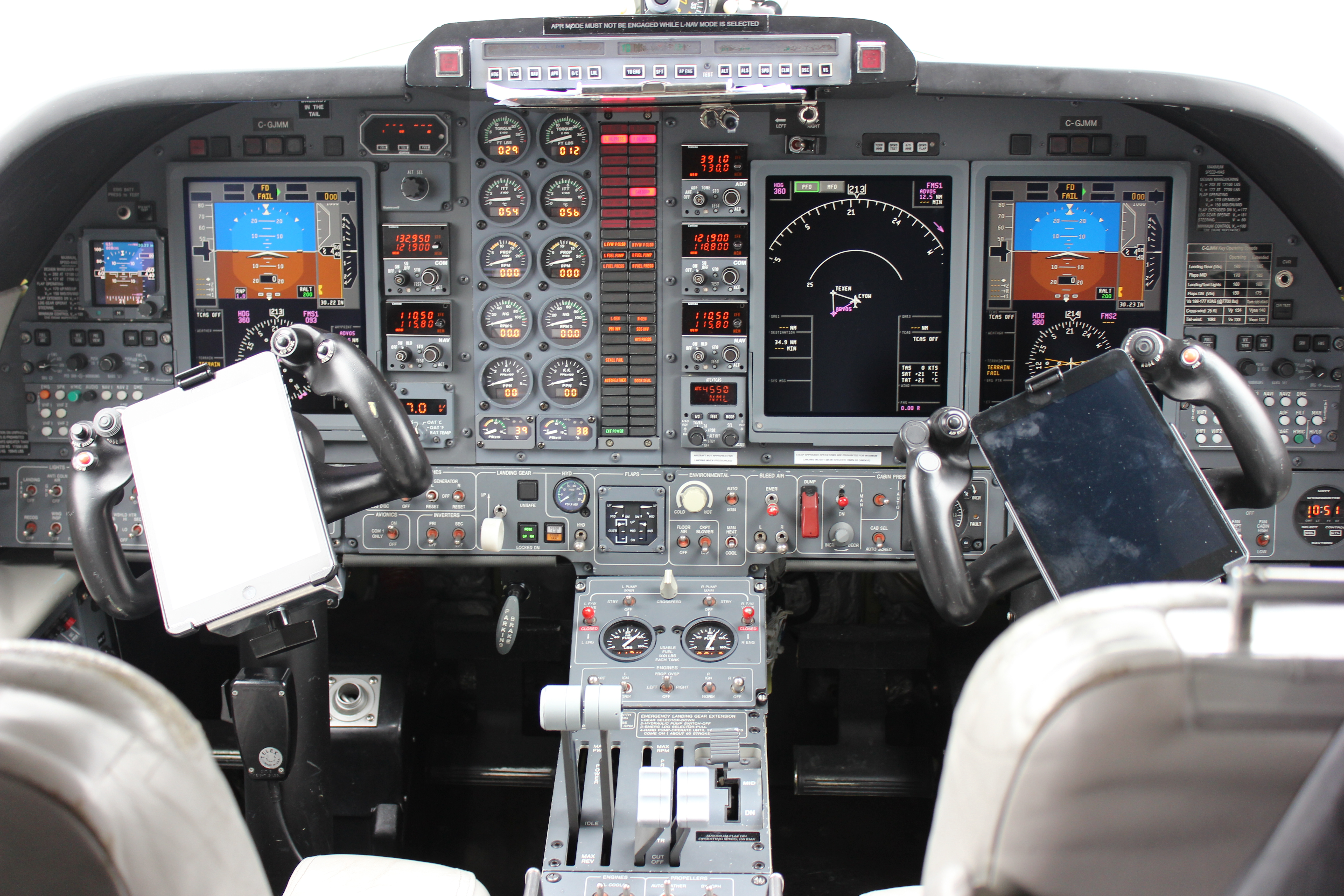
Another major opportunity that is unfolding for Marinvent is on the export front, where the company already generates 70 percent of its revenues. “Canada’s population is the size of Tokyo,” says Maris. “However, aerospace and defence are global industries. Canadian companies that want to compete in these sectors need to think outside our borders.”
The fall in the Canadian dollar during the past several years has thus been particularly good for Marinvent, because most of its exports are tied to the price of labour, which the company pays for in loonies, but sells on the international market in US dollars.
Marinvent already has an important presence south of the border. Its US subsidiary/partner, Advanced Aerospace Solutions, recently received the 2016 NASA Honor Award – Group Achievement Award. The prize follows on earlier recognition that Advanced Aerospace Solutions won related to its work on NASA’s Traffic Aware Strategic Aircrew Requests (TASAR) air traffic control technology.
CONTRIBUTING TO AVIATION SAFETY
Yet, despite his company’s considerable successes of late, Maris shows no signs of slowing down anytime soon. Marinvent is in the process of setting up an Independent Certification Center that will be located at 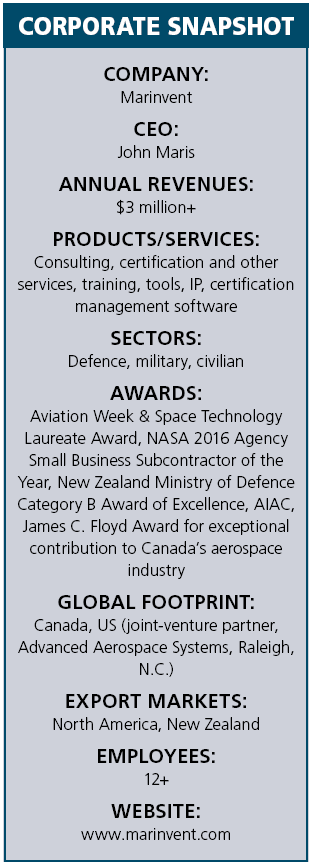 Mirabel Airport. As if that were not enough, Maris is also pushing the boundaries by leveraging research results that Marinvent compiled during the creation of its Air Foil Performance Monitor System. This innovative technology, which detects ice and other accumulation on aircraft wings, not only increases safety, but maximizes fuel efficiency as well. Lessons learned during the process form part of a PhD dissertation, related to aerospace human factors and safety issues, which Maris will be defending during the coming months.
Mirabel Airport. As if that were not enough, Maris is also pushing the boundaries by leveraging research results that Marinvent compiled during the creation of its Air Foil Performance Monitor System. This innovative technology, which detects ice and other accumulation on aircraft wings, not only increases safety, but maximizes fuel efficiency as well. Lessons learned during the process form part of a PhD dissertation, related to aerospace human factors and safety issues, which Maris will be defending during the coming months.
However, it is at the industry level that Maris’ influence could resonate most, particularly his advocacy on behalf of small and medium sized businesses. “To preserve and grow Canada’s organic aerospace and defence industry, all levels of government need to treat them holistically,” says Maris. “If they don’t, it could lead to the old “prisoner’s dilemma” scenario, in which OEMs increasingly “offshore” crucial work, a scenario which in the short-term may lead to individual benefits, but over a long-term hurts everyone far more.”
“A more feasible model, which has been adopted by many of Canada’s toughest competitors, is based on consortia and centers of excellence,” says Maris. “If we want to stay ahead, that is the direction we’ll need to be thinking about.”


